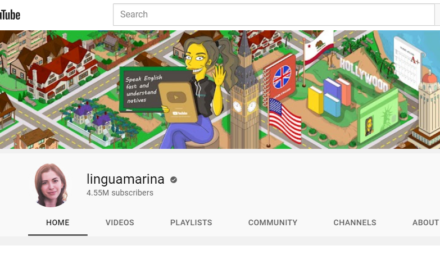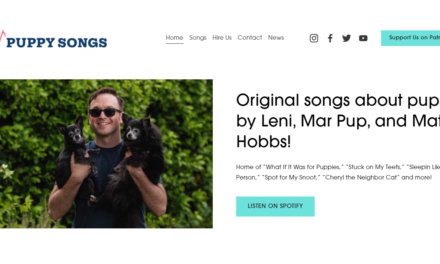At this year’s MAICON conference in Cleveland, I heard Geoff Woods, author of The AI-Driven Leader, share a framework that completely changed how I think about using AI.
It’s called CRIT: Context, Role, Interview, Task.
And it’s the difference between treating AI like a content machine and using it like a strategic thought partner.
The Problem
Most creators skip straight to the task:
“Write me 10 ideas.” “Summarize this.” “Create a post.”
Then they wonder why everything sounds like it came from the same AI blender. The issue isn’t the tool. It’s the prompt. The unfair advantage comes from how you think before you type.
The CRIT Framework
C – Context: Give the AI your world.
“I’m a content entrepreneur helping people build meaningful wealth through ownership. I run a newsletter and podcast focused on finding your Tilt, your unique, defensible angle.”
That one paragraph of context sets the table. Now the AI knows your goals, tone, and audience. NOTE: the more detail the better. Using a program like Wispr Flow (you can get a month for free here) makes this SO much easier.
R – Role: Tell the AI who to be.
“Act as a strategy coach who helps creators uncover blind spots and identify leverage points others miss.”
Assigning a role turns AI from a search engine into a thinking collaborator.
I – Interview: Here’s where the gold lives and where most people skip.
Before giving a task, say this:
“Ask me no more than three questions, one at a time, to clarify what I’m trying to achieve.”
Not five questions. Not all at once. Three. One at a time.
This forces you to slow down and think while AI learns what actually matters. These clarifying questions, one at a time, make all the difference with the output.
T – Task: Now you give the assignment. Make it short, clear, and slightly uncomfortable.
“Based on our conversation, give me three non-obvious actions I can take to strengthen my content business strategy. Make them surprising but realistic.”
You’re not asking AI to write. You’re asking it to think with you.
Example: Clarifying Your Tilt
Here’s how it looks in action.
Context: “I’m a creator helping professionals escape the corporate system and build something of their own.”
Role: “Act as a brand strategist who identifies unique market positions.”
Interview: “Ask me three questions, one at a time, to understand my passions, audience, and differentiator.”
Task: “Based on what you learn, give me three non-obvious ways to position my Tilt so that it stands apart from similar creators.”
That single exchange could unlock more clarity than weeks of brainstorming.
NOTE: I tested this framework in both ChatGPT and Claude. It worked in both, so I’m assuming it would work in Gemini, Grok or any of the others.
The Takeaway
AI is not here to replace you. It is here to reveal how clearly you think.
After talking with several AI experts this week, it became clear that the real difference between average AI marketers and great ones is how they use their experience to ask sharper questions and provide clearer direction inside AI tools. Hint: this is why you experienced content veterans have an advantage over the kiddos.
If you want the unfair advantage:
- Give it Context
- Assign a Role
- Let it Interview you (the most important part IMO)
- Then issue the Task
Use AI to sharpen your thinking and you will build a business no machine can replicate.
Now go build your future!
About the author
Joe Pulizzi is founder of multiple startups including The Tilt and is the bestselling author of ten books including Content Inc. and Epic Content Marketing, which was named a “Must-Read Business Book” by Fortune Magazine. His latest book is Burn the Playbook: Are You Made for More? Build a Life on Your Terms.











